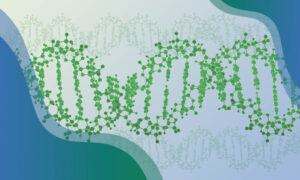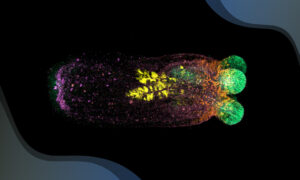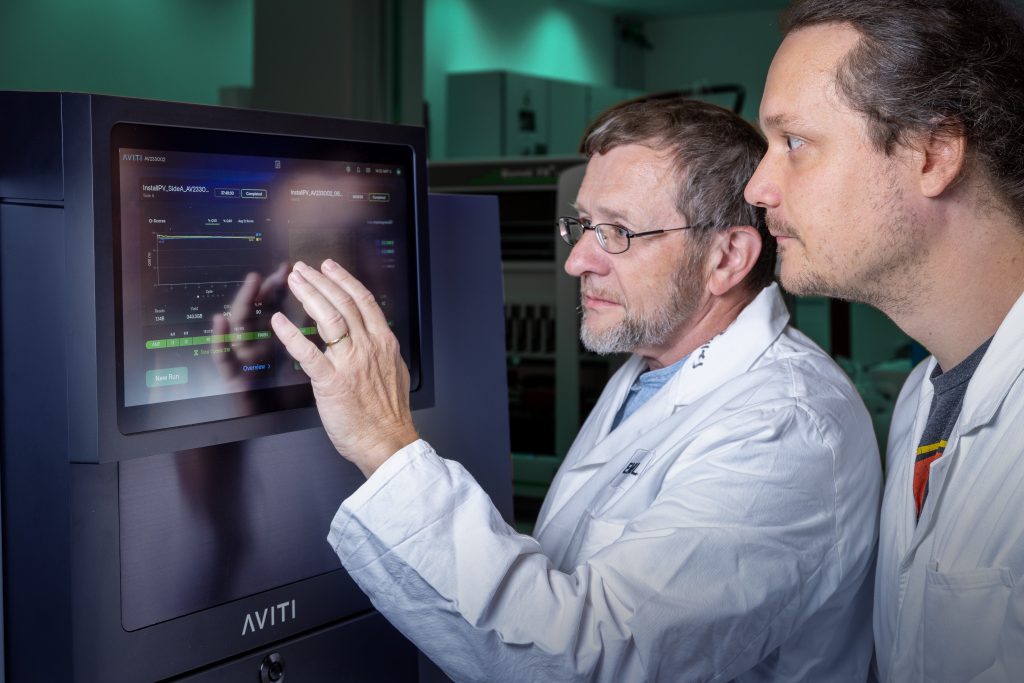Read the latest Issue
Personalised medicine: one data type is not enough
New computational method integrates multiple molecular data types to study the variability between patients in complex diseases
- To understand the biology of diseased organs researchers can use different types of molecular data
- One of the biggest computational challenges at the moment is integrating the resulting multiple data types
- A new computational method jointly analyses different types of molecular data and disentangles the sources of disease variability to guide personalised treatment
EMBL researchers have designed a computational method to jointly analyse multiple types of molecular data from patients in order to identify molecular signatures that distinguish individuals. The method is called Multi-Omics Factor Analysis (MOFA), and was published in Molecular Systems Biology today.
MOFA could be useful for understanding cancer development and suggesting new directions for personalised treatment.
The researchers tested their new method on multi-omics data collected from 200 leukaemia patients. MOFA identified a series of factors that highlight the molecular variability between patients. This information could help researchers understand how cancer develops at an individual level. It could also help steer personalised treatment decisions.
“The big challenge in cancer is that each patient’s disease is different from a molecular point of view and has a unique set of molecular features that have led to its development,” explains Ricard Argelaguet, Predoctoral Fellow in the Stegle group at the European Bioinformatics Institute (EMBL-EBI). “Our method allows researchers to do something that couldn’t be done before – to easily integrate complex molecular data from DNA, RNA, methylation and more to build a tumour’s molecular profile. Using these profiles, the method can also stratify patients into groups that may benefit from different types of treatment.”
“Our objective was to come up with a method that could easily be used by clinical researchers, so we worked with colleagues from the field to understand their needs and challenges,” continues Britta Velten, Predoctoral Fellow in the Huber group at EMBL Heidelberg. “We combined expertise from maths, statistics, machine learning, biology and clinical medicine to come up with a robust and practical method, which will hopefully help researchers in a clinical setting to improve cancer diagnosis and treatment.”
In a second application, the researchers also used MOFA to analyse multi-omics data at single-cell resolution. They are currently working on further improving the method for even larger data sets and additional experimental designs.
What is multi-omics data?
Multi-omics approaches integrate data from the genome, epigenome, transcriptome, metabolome, and other molecular data. These data types have different properties and dimensions. This makes them difficult to integrate into a comprehensive analysis to build an individual’s molecular profile.
By combining multiple molecular data types (multi-omics), researchers can identify biomarkers. These are naturally occurring molecules, genes or molecular characteristics associated with a particular disease. Biomarkers are essential for clinical research and can be used to classify patients into different patient groups. By measuring biomarkers, researchers can better understand a patient’s disease, and estimate what kind of treatment they will respond to best.
MOFA is available as open-source software at https://github.com/bioFAM/MOFA with extensive documentation and tutorials.







